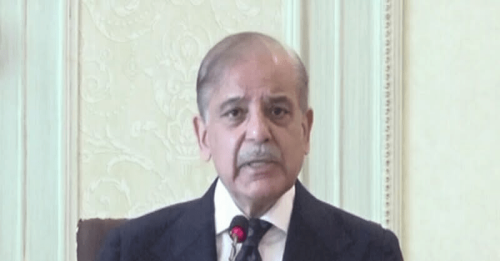PESHAWAR: The private hospitals have earned Rs8 billion as compared to Rs2 billion earned by public sector health facilities from the income generated through free treatment of patients under Sehat Sahulat Programme (SSP) during the last five years.
The government has spent Rs10.5 billion on the free treatment of 423,525 patients in the province. Private hospitals got 78 per cent of the amount and the share of government-owned health facilities was 22 per cent.
Sources said that lack of staff’s share in the income of SSP in government hospitals was the main cause of less income. “The health department is concerned over poor performance of the government hospitals and is going to discuss the issue in the next meeting of the Steering Committee on SSP,” they added.
They told this scribe that health department wanted to enable the public sector hospitals to attract the patients and generate income for its own institutions. “Efforts to create a competitive environment among public and private hospitals have proved futile and the former continue to draw lion’s share from the programme,” they added.
Under the programme, 173 hospitals have been put on the panel including 46 government health facilities and 127 private ones. The selection was made after thorough scrutiny by experts, sources said.
Dept concerned over poor performance of govt health facilities
In 2019, the provincial cabinet approved a ‘funds retention and utilisation formula’ for distribution of funds generated through SSP for the government-owned hospitals. It was meant to give share to the staffers of government hospitals so that they could attend the patients, like private outlets, and enhance their income from SSP.
According to it, 25 per cent of the income would be utilised for improvement of services and maintenance of the facility, 20 per cent for consumable and 30 per cent for doctors, including surgeons, physicians, anaesthetists, pathologists, radiologists and medical officers involved in the investigations and treatment of the insured patients.
Of the income, 15 per cent would go to paramedics and nurses and 10 per cent to the administrative cost. Prior to the formula, the income would go to the government account but after the cabinet’s approval, the income should be retained by the hospitals to improve services.
The health department has also asked the hospitals to form committees under the respective medical superintendents to ensure implementation of the formula but the hospitals continue to deny share to the staff, according to sources.
SSP was launched in collaboration with KfW, a German bank, in four districts in 2015, covering three per cent population of the province. It was extended to 51 per cent population in 2016, then to 69 per cent in 2017 and to the entire province in November 2020. Now, it covers 7.2 million families of the province. They are entitled to seek free treatment in about 500 hospitals in the country.
State Life Insurance Corporation of Pakistan has been implementing the programme in empanelled hospitals. SSP provides finances for healthcare up to Rs1 million per annum to each of the families. In case of spending Rs1 million, the cards issued to them are re-charged. The scheme has also been replicated in Punjab, Balochistan, parts of Sindh, Azad Jammu and Kashmir and Gilgit-Baltistan.
Officials said that government was concerned over the poor performance of the state-run hospitals where the employees drew good salaries but weren’t able to treat the SSP’s patients. In private hospitals, the patients were admitted readily while in government ones, they were kept waiting for longer period as the staff had no interest due to lack of share, they added.
“We are going to ensure that the hospitals provide good environment to the patients. The government is giving about Rs70 billion to the health sector every year in annual budget and Rs12 billion has been given to SSP this year which will be increased to Rs20 billion in the next financial year,” said officials.
They said that government provided buildings besides paying electricity and gas bills, salaries and bore maintenance expenses of the hospitals while the private hospitals paid to their staff only when they earned from patients.
They said that they were going to discuss the issue very soon and all hospitals would be given monthly targets of admissions under SSP.
“The government hospitals are catching up fast. Next year’s budget will definitely have this consideration while funds are distributed particularly to medical teaching institutions,” Health Secretary Syed Imtiaz Husain Shah told Dawn.
He said that SSP was a flagship programme, which helped all the people regardless of their financial status.
Published in Dawn, June 7th, 2021















































